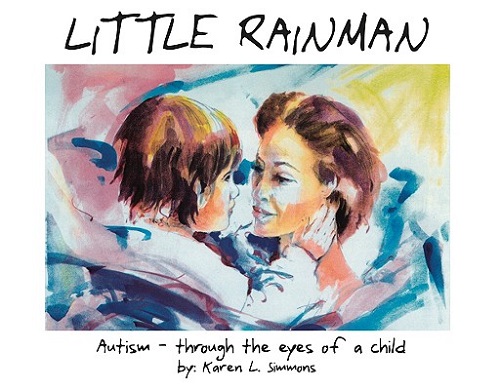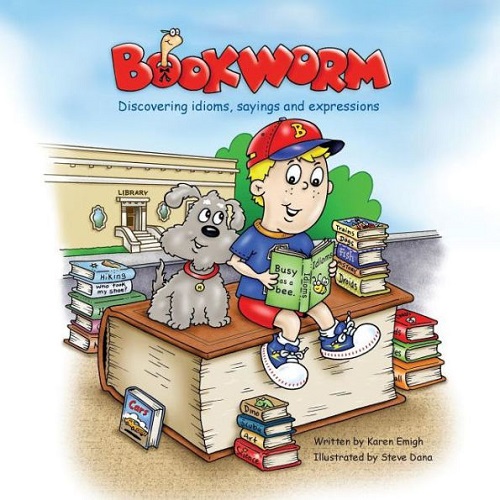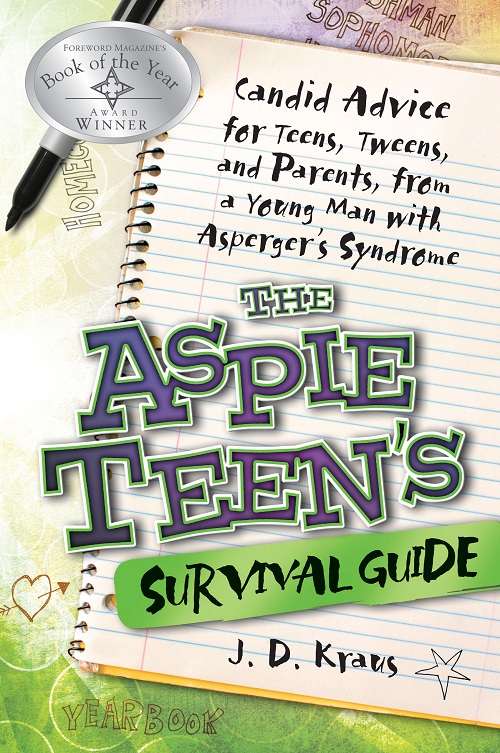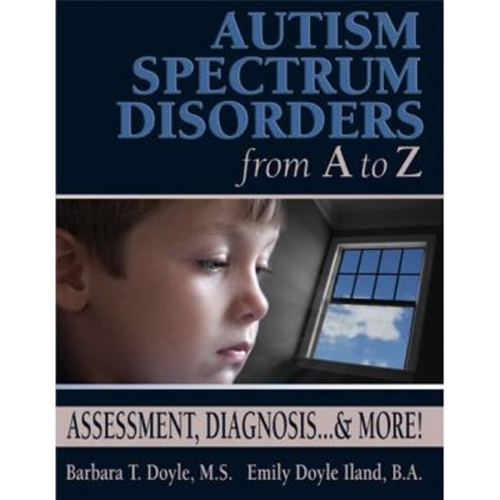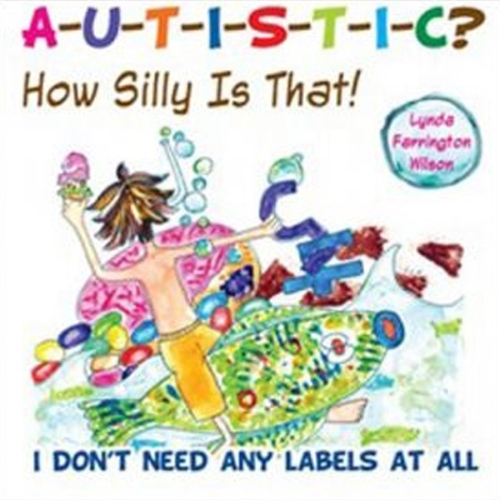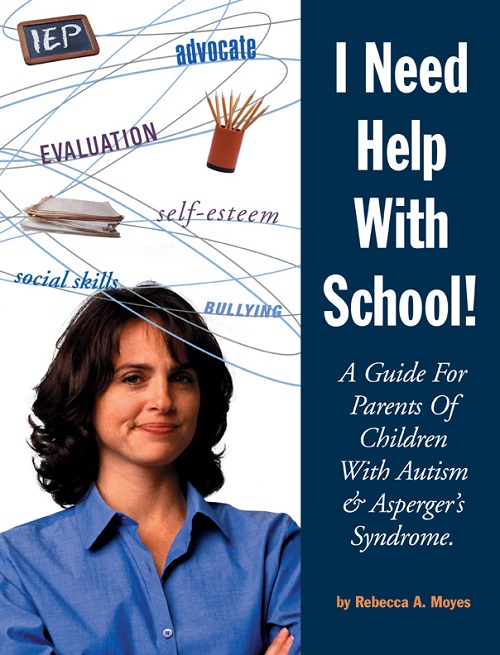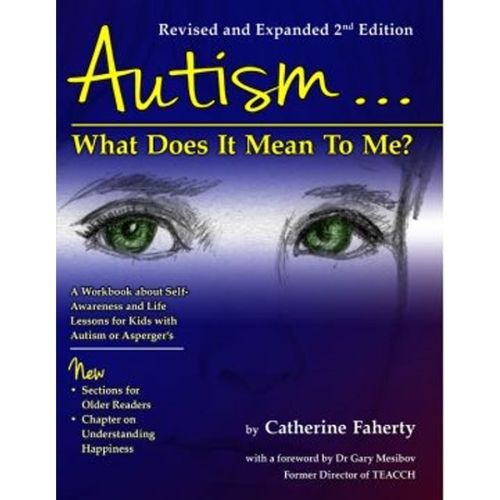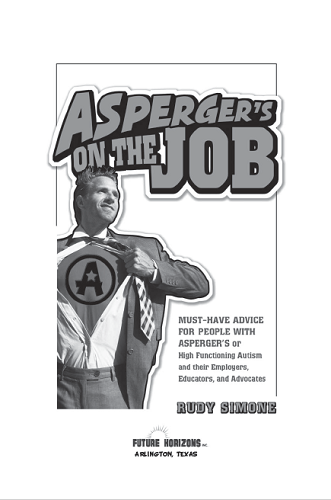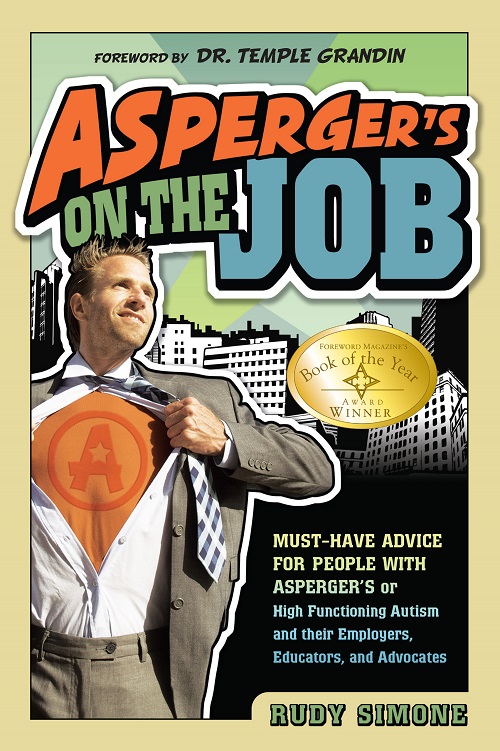-
 Many kids have some form of SPD (Sensory Processing Disorder), but who can help them overcome their daily struggles? Wait! They can help themselves! Lynda Farrington Wilson, along with Tyler and some delightful illustrations, help kids help themselves through daily life like no one has before with some great everyday tips and techniques.
Many kids have some form of SPD (Sensory Processing Disorder), but who can help them overcome their daily struggles? Wait! They can help themselves! Lynda Farrington Wilson, along with Tyler and some delightful illustrations, help kids help themselves through daily life like no one has before with some great everyday tips and techniques. -
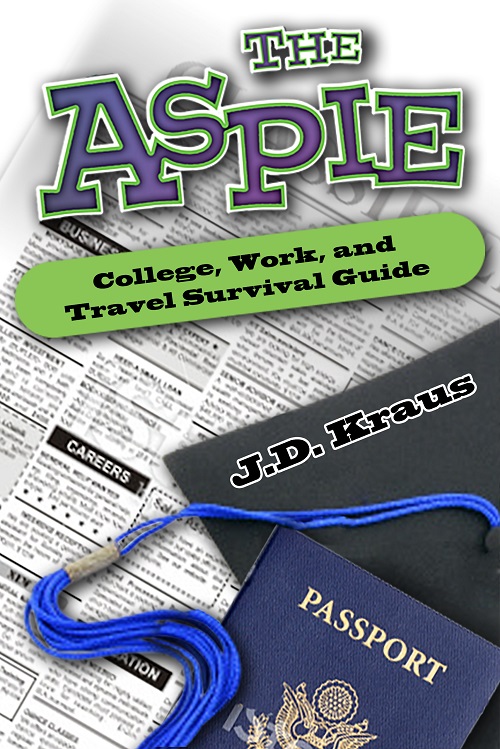 The main objective of this book is to assist young individuals with Asperger’s and Autism to overcome the big leap from high school to life outside of public education. The time right after high school can be a very frightening experience. What a person decides from this point on ultimately affects the rest of his or her life.
The main objective of this book is to assist young individuals with Asperger’s and Autism to overcome the big leap from high school to life outside of public education. The time right after high school can be a very frightening experience. What a person decides from this point on ultimately affects the rest of his or her life. -
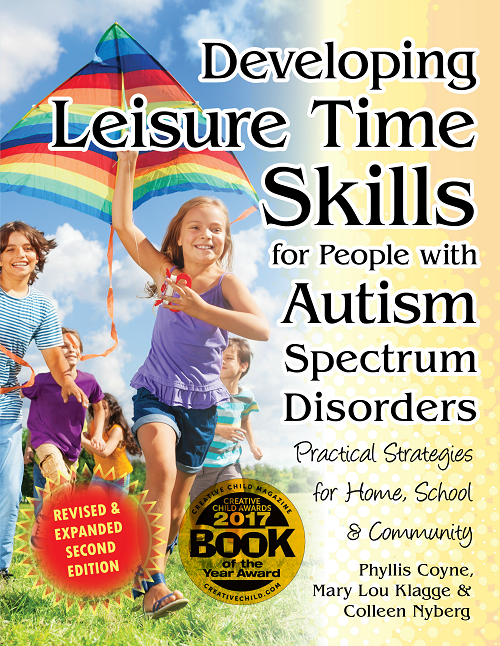 Make leisure time fun for all children and adults with autism spectrum disorders! Leisure time should be a part of the day that all look forward to enjoying, but for many it can cause anxiety and fear. This book provides comprehensive, structured strategies to introducing meaningful leisure time to ASD children and adults, which they can practice at home, school, and in the community.
Make leisure time fun for all children and adults with autism spectrum disorders! Leisure time should be a part of the day that all look forward to enjoying, but for many it can cause anxiety and fear. This book provides comprehensive, structured strategies to introducing meaningful leisure time to ASD children and adults, which they can practice at home, school, and in the community. -
 Behavior isn’t an isolated event. All behavior is communication, and when it comes to figuring out what your child is trying to say, Dr. Jim Ball has the answers. This book walks the reader through a variety of scenarios that will explore why a child may engage in a specific behavior, and help you build your “behavior-investigator” skills to develop a behavior plan that works.
Behavior isn’t an isolated event. All behavior is communication, and when it comes to figuring out what your child is trying to say, Dr. Jim Ball has the answers. This book walks the reader through a variety of scenarios that will explore why a child may engage in a specific behavior, and help you build your “behavior-investigator” skills to develop a behavior plan that works. -
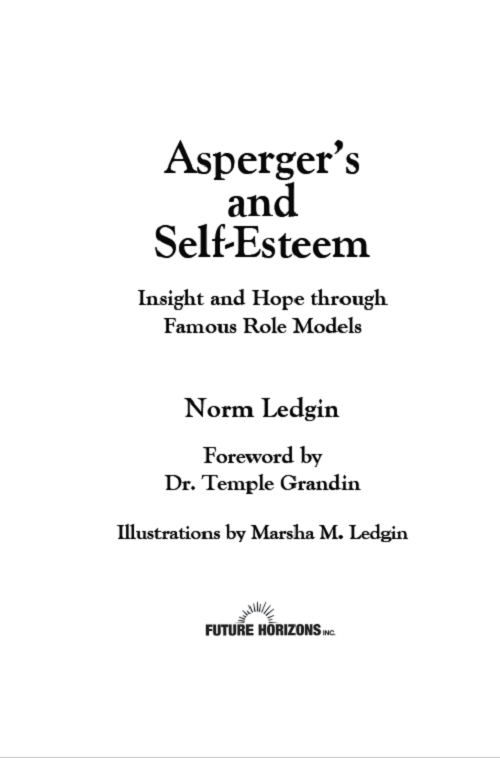
 From composer Amadeus Mozart to astronomer Carl Sagan, Ledgin examines the evidence of Asperger’s Syndrome in some of history’s most famous men and women and shows how, despite their apparent challenges, each made an immeasurable contribution to the world. A great book to raise the self esteem of those with Asperger’s.
From composer Amadeus Mozart to astronomer Carl Sagan, Ledgin examines the evidence of Asperger’s Syndrome in some of history’s most famous men and women and shows how, despite their apparent challenges, each made an immeasurable contribution to the world. A great book to raise the self esteem of those with Asperger’s. -
 Death and illness affect every person. Witnessing the dying and death of a person or pet can leave you with many questions. In this book, author Catherine Faherty answers those questions in an autism-friendly, clear and precise way, geared for children, teens, and adults with autism. But this book is not just about death. It also demonstrates the interconnectedness of living and dying and offers simple, positive guidelines for living. Communication Forms to make it easier for the readers and their families, friends, teachers, therapists, or others to identify and respond to the unique needs of the reader.
Death and illness affect every person. Witnessing the dying and death of a person or pet can leave you with many questions. In this book, author Catherine Faherty answers those questions in an autism-friendly, clear and precise way, geared for children, teens, and adults with autism. But this book is not just about death. It also demonstrates the interconnectedness of living and dying and offers simple, positive guidelines for living. Communication Forms to make it easier for the readers and their families, friends, teachers, therapists, or others to identify and respond to the unique needs of the reader. -
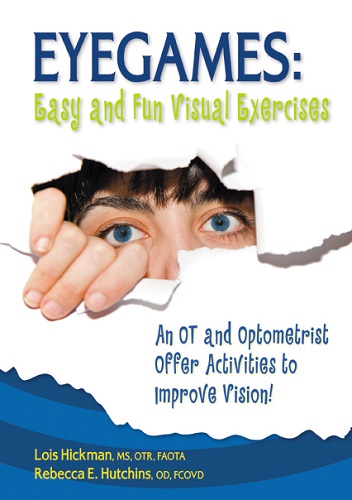 Developing healthy visual-motor abilities is more difficult in the complex stimulus of today’s world than ever before, especially for those with Autism Spectrum Disorder. Our visual experiences can be overwhelmed by the vast complexity of artificial colors and sounds which did not exist in our ancestors’ lives. Much more time is spent indoors, exposed to a myriad of unnatural colors, movement, and imagery.
Developing healthy visual-motor abilities is more difficult in the complex stimulus of today’s world than ever before, especially for those with Autism Spectrum Disorder. Our visual experiences can be overwhelmed by the vast complexity of artificial colors and sounds which did not exist in our ancestors’ lives. Much more time is spent indoors, exposed to a myriad of unnatural colors, movement, and imagery. -
 In this illustrated book for children ages six through nine, and based on the article, How One Adult With SPD Wants to Explain this Condition to Your Sensory Child , SPD adult advocates Rachel and Kelly will lead kids and their parents through the basic ins-and-outs of what it means to have Sensory Processing Disorders(SPD).
In this illustrated book for children ages six through nine, and based on the article, How One Adult With SPD Wants to Explain this Condition to Your Sensory Child , SPD adult advocates Rachel and Kelly will lead kids and their parents through the basic ins-and-outs of what it means to have Sensory Processing Disorders(SPD). -
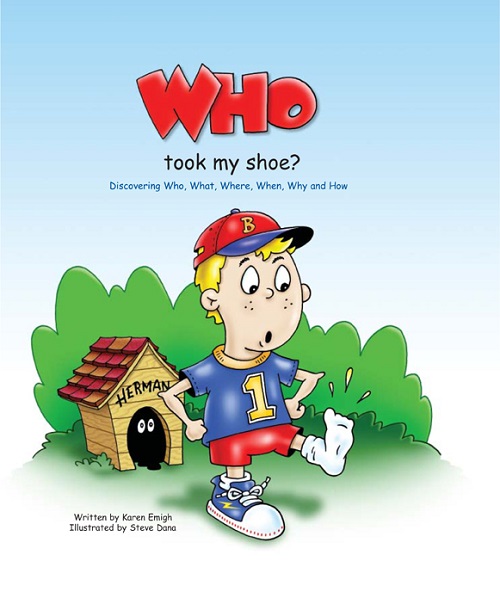 Brett and his dog Herman embark on a search for Brett’s mysteriously missing shoe. They playfully and methodically ask questions, such as Who took it? What happened to it? How can I find my shoe? The answers are pretty hilarious, until Brett finally asks the right one, and discovers his shoe in a most unlikely place! Although written to teach the concepts of who, what, where, why, when and how questions for children on the autism spectrum, Who Took My Shoe? will teach, entertain, and delight all youngsters.
Brett and his dog Herman embark on a search for Brett’s mysteriously missing shoe. They playfully and methodically ask questions, such as Who took it? What happened to it? How can I find my shoe? The answers are pretty hilarious, until Brett finally asks the right one, and discovers his shoe in a most unlikely place! Although written to teach the concepts of who, what, where, why, when and how questions for children on the autism spectrum, Who Took My Shoe? will teach, entertain, and delight all youngsters.


